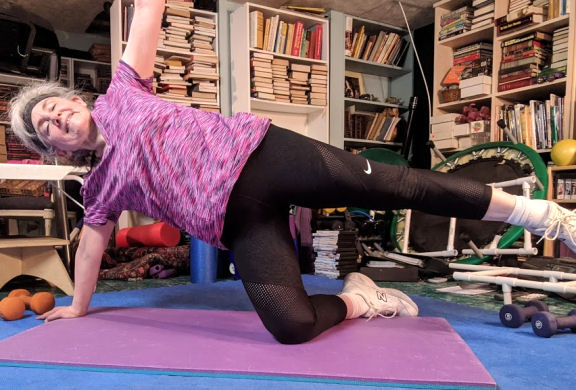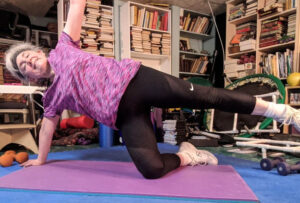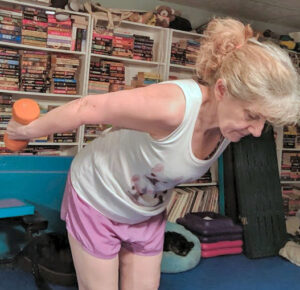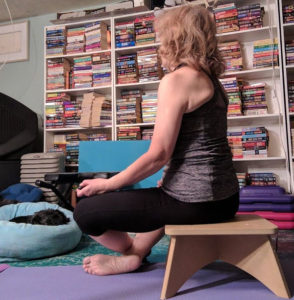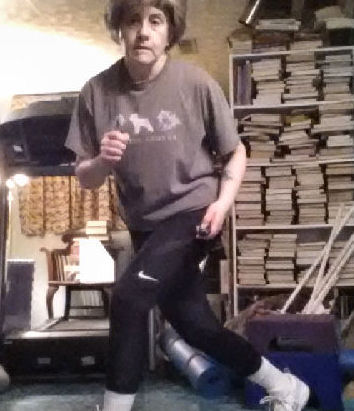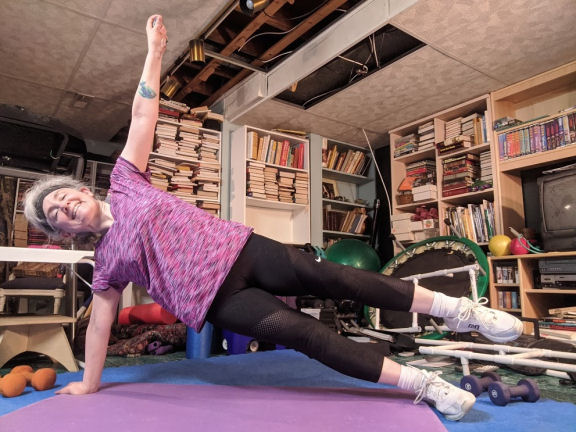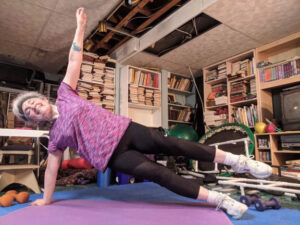Lately we’ve been talking about those “little treats” that keep you going toward a bigger goal. They’re so important. Every time I step on the treadmill, I get that reward in the form of a few chapters in the audiobook I’m listening to. But, what about that big reward? That big reward celebrating a major milestone? You know you deserve it, so when’t it coming? When can we celebrate?
Your goals are achievable
We’ve talked a lot about setting goals. That nothing is impossible, if you plan for it. And that’s true. That plan has to include very specific steps and deadlines that lead all the way to the big goal you’ve set. And whenever you complete a step, you deserve a “little treat.” This “little treat” is just that – a quick burst that keeps you on the straight and narrow of your path. It’s different for everyone, as are the goals that everyone sets. One of my goals is to get on the treadmill and run for at least half the time I’m on it, steadily increasing the time, speed and incline of the treadmill. And the treat I give myself every time I step on the treadmill is listening to my audiobook.
Achieving a big goal means many steps
One of your goals may be to write a book. This is not an easy task, nor can it be done in one sitting. It will involve many sessions, and the words may not always come smoothly. So, to keep you going, a possible “little treat” could be to prepare a cup of your favorite tea to sip while you work. Or write near a favorite light. Another little mood-lifter could be having your favorite childhood stuffed animal on your desk while you write. And a mood-lifter is exactly what these “little treats” are: they keep you happy, engaged, and continuing your program.
A fitness example could be running a 10K race if you’ve never run for more than 100 yards. A little reward for every extra quarter mile! How about a facial mask.
And intermediate milestones, too
And when you’ve finished, say five chapters – an intermediate milestone – you deserve a bigger reward! Be sure to choose something that’s meaningful for you, something that’s bigger than one of those “little treats,” but not so big that you’re not tempted to go back and finish your book. This could be something like a spa afternoon, or trying a new recipe that you’ve wanted to try. Or something that’s related to your goal. Like an hour reading (for research, of course) a book that’s been on your list.
And for our fitness example, if you’ve run 2 kilometers during your practice, that certainly deserves a nice reward. A massage, perhaps, if you enjoy them.
But that major milestone needs a major reward
But that big reward celebrating a major milestone should be something even more special. For example, planning that getaway you’ve wanted to go on. Or a launch party with friends and family for your book. Or having a party a few days after the big race. You may feel like the goal you’ve achieved is reward enough, that you’ve grown because you reached it. And you have! Your self-confidence has improved, your resilience has grown, and you’ve shown that you can stick with something major. But, darn it, you deserve it! Your big reward should feel as major as the goal you’ve achieved. Go ahead and celebrate.



